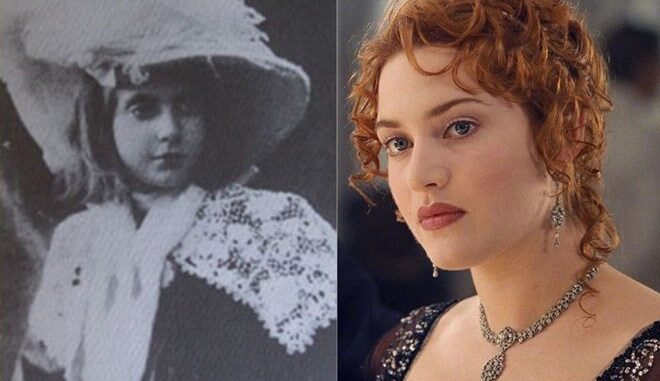
The Ghosts in the Gown: Unveiling the Real Women Behind Titanic's Rose
James Cameron's Titanic captured the world's imagination with its epic scope, tragic romance, and meticulous attention to detail. While Rose DeWitt Bukater, the fictional protagonist, resonated deeply with audiences, her character was not born entirely from the director's imagination. Instead, Cameron skillfully wove together threads of historical accounts and real-life figures, crafting a character who embodied the spirit of a changing era and paid homage to the women who bravely faced the unimaginable. Unveiling the "woman who inspired Rose" is not a simple task; rather, it is a journey into the lives of several remarkable women whose courage, resilience, and independent spirit subtly inform the captivating fictional character we know and love.
One of the most potent influences on Rose’s character is undoubtedly the tragic story of Beatrice Wood. While Wood was not on the Titanic, her bohemian spirit and rebellious nature echoed through Rose's defiance of societal expectations. A self-proclaimed "Mama of Dada," Wood was a fiercely independent artist who embraced a life of unconventional love and artistic exploration. Much like Rose, she rejected the constraints of her privileged upbringing and sought a life filled with passion and self-discovery. The film’s emphasis on Rose's artistic inclinations and her yearning for liberation from the stifling world of Edwardian high society directly reflects Wood’s own life story. The act of embracing a life outside the confines of societal norms, a defining trait of Rose, is a mirror image of Wood’s rebellious spirit.
Another crucial thread in Rose's tapestry is the story of Kate Florence Phillips, a 20-year-old second-class passenger who sailed aboard the Titanic with her lover, Henry Morley. Similar to Rose and Jack, Kate and Henry's relationship was a secret, deemed inappropriate due to their social differences. Tragically, Henry perished in the disaster, while Kate survived, clutching a precious sapphire necklace he had gifted her, a token of their forbidden love. This narrative echoes the central romance of the film, imbuing Rose and Jack's relationship with a sense of forbidden passion and highlighting the class divisions that underscored the tragedy. Furthermore, the sapphire necklace, "Le Coeur de la Mer," bears a striking resemblance to the necklace Henry gave Kate, further solidifying the connection between reality and fiction.
Beyond individual stories, Cameron drew inspiration from the collective experiences of women on the Titanic, particularly those in first class. He recognized the disparity in survival rates between men and women, revealing the inherent sexism and societal expectations that dictated who was deemed worthy of saving. Rose's internal struggle, her eventual rejection of the societal norms that confined her, and her unwavering determination to survive and forge her own path reflect the quiet rebellion bubbling beneath the surface of Edwardian society. These women, often overlooked in historical narratives, were not simply passive victims; they were individuals with dreams, aspirations, and a quiet strength that allowed them to navigate a world increasingly defined by change and inequality.
Moreover, Rose's portrayal as a survivor, a woman who refuses to be defined by tragedy, pays tribute to the countless individuals who lost loved ones on the Titanic and yet found the strength to rebuild their lives. She embodies the resilience of the human spirit, the capacity to overcome unimaginable grief and emerge stronger, more determined than before. Rose's journey from a naive, controlled young woman to an independent, self-assured artist is a testament to the transformative power of loss and the enduring strength of the human will.
Ultimately, Rose DeWitt Bukater is not based on a single individual, but rather a composite character, a carefully crafted mosaic of historical figures, societal observations, and universal themes. She is a reflection of Beatrice Wood’s rebellious spirit, a nod to Kate Florence Phillips' forbidden love, and a tribute to the collective resilience of the women who survived the Titanic. By understanding the real women who inspired Rose, we gain a deeper appreciation for the film's nuanced portrayal of a pivotal moment in history and the enduring power of the human spirit to overcome adversity. Rose, in her fictional glory, becomes a vessel for the stories of those who were often silenced, ensuring their memories continue to resonate with audiences generations later. She is not just a character; she is a ghost in a gown, a whisper of truth echoing across the decades, reminding us of the lives lost and the enduring strength of the human heart.
